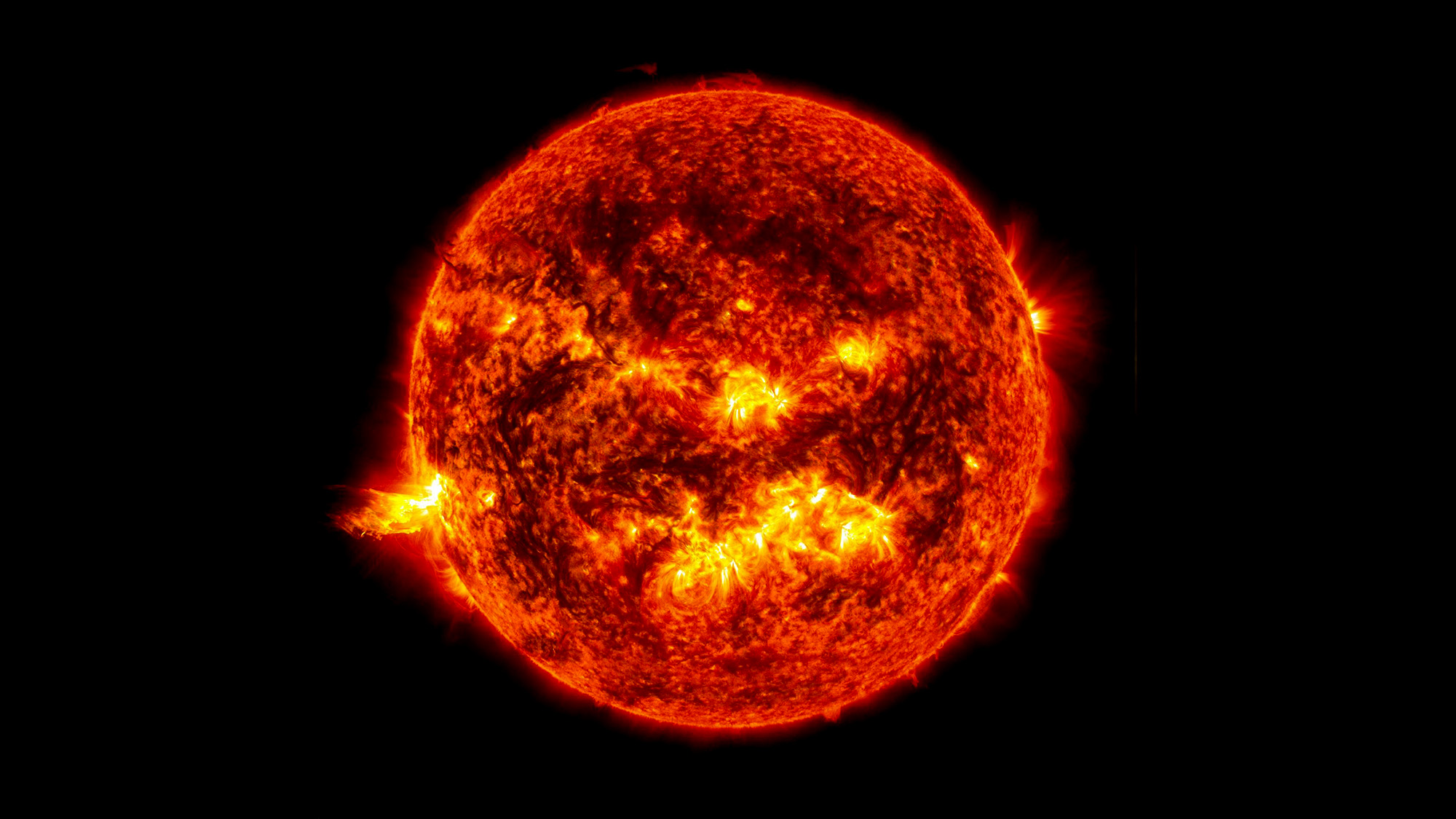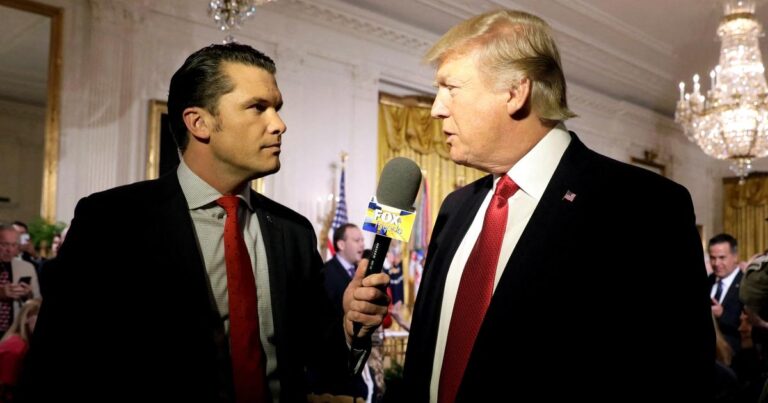
After seeing Elon Musk send thousands upon thousands of satellites into low-Earth orbit, it’s only natural to wonder, why can’t we launch all our junk into space, too? Or even straight into the sun? (You asked. We answered.)
Aside from the moral quandaries raised by such poor stewardship of our already disheveled solar system, Earthlings probably haven’t made a habit of beaming literal garbage into space yet because we simply can’t afford to.
“It’s not cost-feasible at all. You require a lot of thrust and a lot of fuel to do that,” explained John L. Crassidis—a professor of mechanical and aerospace engineering at the State University of New York at Buffalo—in a call with Popular Science. Part of the challenge is that our junk can’t go just anywhere, although it certainly does so here on Earth; microplastics are literally everywhere and the Great Pacific Garbage Patch is around twice the size of Texas.
But if we could, somehow, gather it all up and bag it for space, “You’ve got to get it away from the Earth’s influence,” at least 22,000 miles from the surface, warned Crassidis. Otherwise, we’d risk our junk colliding with satellites and eventually finding its way back home. We already have a relatively unregulated orbital junk problem, with tens of thousands of known objects up there and counting. Much of it burns up upon entering Earth’s atmosphere, fortunately, but earlier this year a chunk of the space station survived reentry and actually crashed into a home in Florida.
Ok, but what about simply firing our trash toward the moon? “You definitely don’t want to send it around the moon,” said Crassidis, “because it could crash onto the moon, right? You want our junk to pile up on the moon?” (For the record, dear reader, I do not.) “Even Mars, something like that,” Crassidis explained, could backfire someday. “You’ve got to think 200 years from now, and hopefully we’ll be colonizing [the red planet]. You don’t want junk there too,” he said.
Ok, but how about the sun? How ridiculous is that idea, really? “First, you got to get all this stuff and put it in a central location, and put that much garbage onto a rocket (that can’t launch that big of a payload), and then send that payload out to the sun—it’s just beyond cost viable,” the professor said, suggesting it could require trillions upon trillions of dollars, “because you can only launch a certain amount of stuff at a time, right?”
Someday, Crassidis thinks firing trash into the sun could work, assuming future technological developments make such a feat feasible. Even then, we don’t know much yet about the effect of launches on our atmosphere, and all the existing space trash—including dead satellites and jettisoned gear—that’s coming down. “Hopefully it’s not bad,” said Crassidis, “but it could be, right?”
The concept of fixing Earth’s garbage problem by making it the solar system’s problem has come up in sci-fi. In the 1999 anime Planetes, a space junk collection craft contends with all the stuff whizzing around Earth in 2075. And in the eighth episode of Futurama, Earth faces destruction from an enormous ball of its own garbage. While a review of that 1999 episode warned that the trashy plot “gives a taste of what’s to come,” hopefully—for the sake of our heads and the future of space travel—that’s not the case.
This story is part of Popular Science’s Ask Us Anything series, where we answer your most outlandish, mind-burning questions, from the ordinary to the off-the-wall. Have something you’ve always wanted to know? Ask us.


















+ There are no comments
Add yours